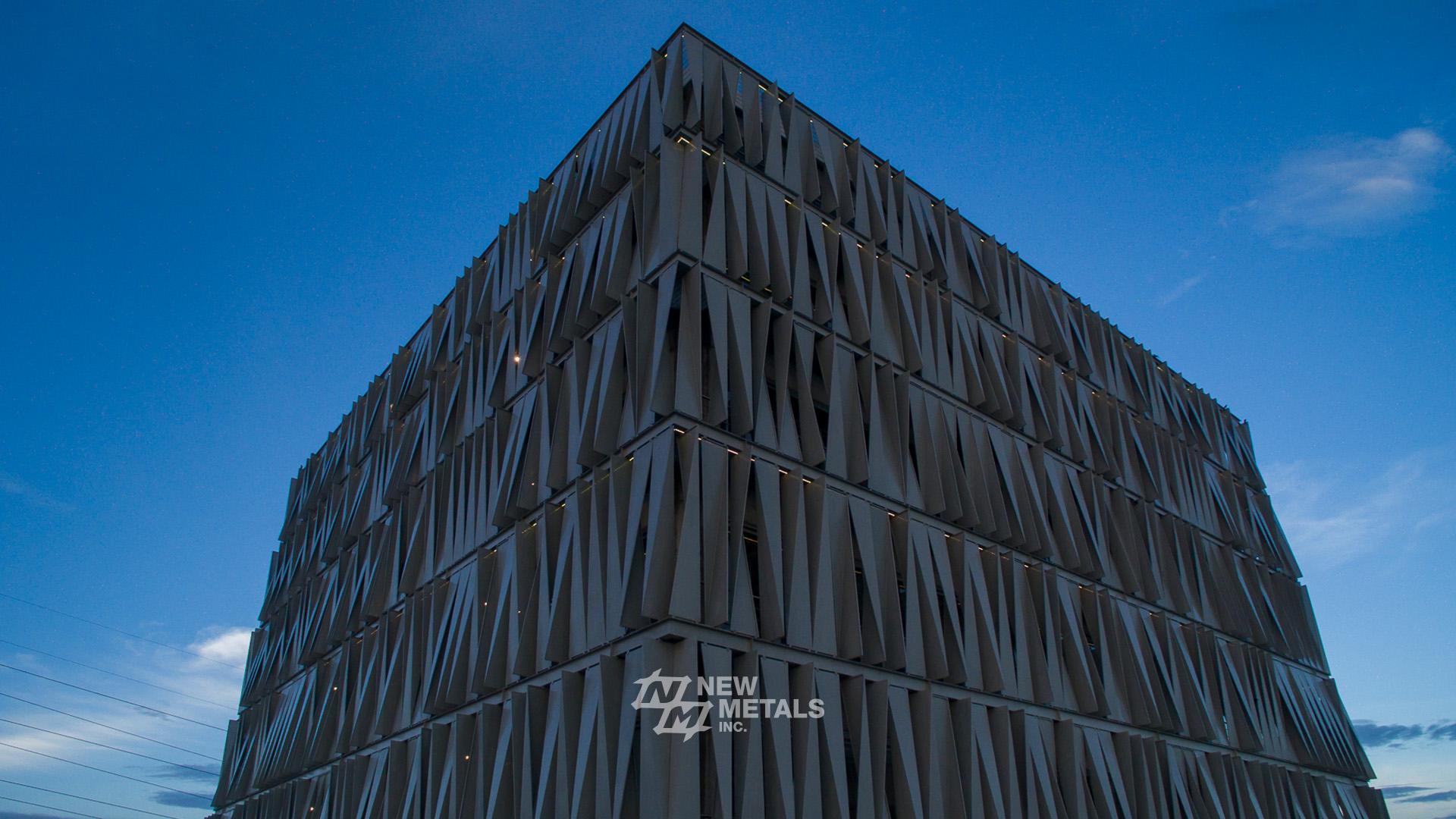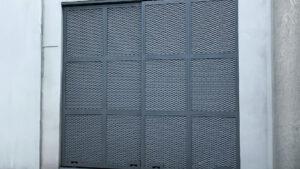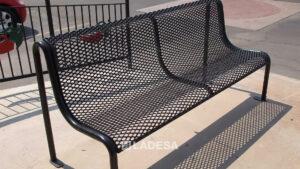In the realm of architecture, metallic materials have gained significant importance in recent decades due to their versatility, strength, and aesthetics. Among these materials, metal meshes offer a wide range of options that cater to the needs of various architectural projects. In this article, we will explore the different types of metal meshes and their application depending on the specific objectives of the building, as well as the advantages of their use and some key considerations for their implementation.
Types of metal meshes and their applications
Expanded metal: This type of metal mesh is created by cutting and unfolding a metal sheet, resulting in a surface with diamond-shaped openings. Expanded metal is ideal for applications requiring ventilation, transparency, and security, such as ventilated parking lots, machine rooms, and air conditioning areas. Its strength and durability make it perfect for protecting equipment and people without compromising the aesthetics of the design.
Perforated sheets: These metal sheets are manufactured by punching holes in a wide variety of patterns and sizes. Perforated sheets are ideal for separating areas, pedestrian protection, and controlling sunlight in facades and interior spaces. Moreover, they offer a unique aesthetic that can add value and personality to the architectural design.
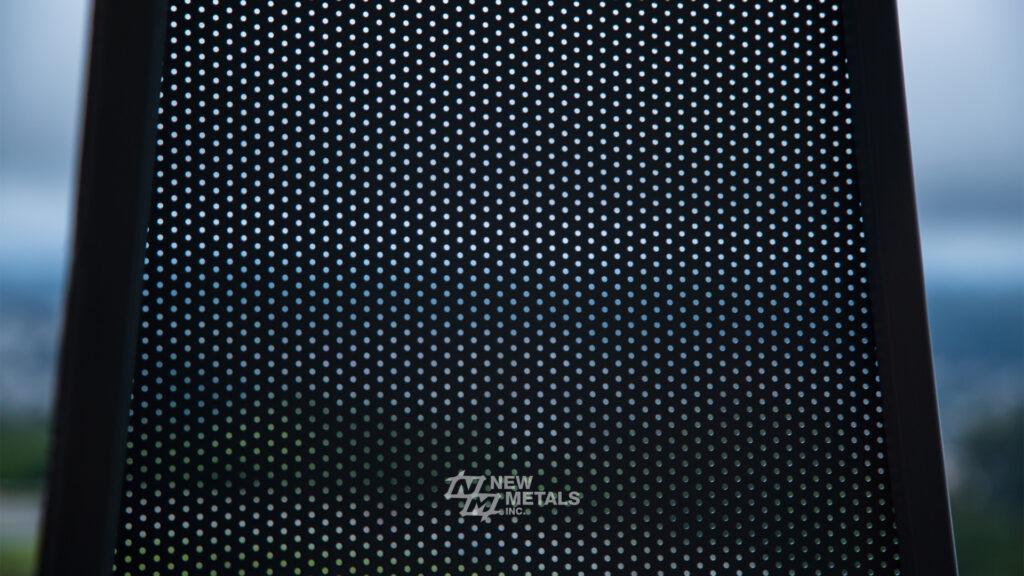
Advantages of using metal meshes in architectural projects
Moldability: Metal meshes, especially expanded metal and perforated sheets, can be easily molded to fit any type of surface and shape of the building, offering a customized solution for each project.
Finishes and textures: Metals allow for a wide range of finishes, paints, and textures, making it easy to create varied and aesthetically appealing results. These finishes can also enhance the durability and corrosion resistance of the metal meshes.
Ventilation and light control: Metal meshes allow for air circulation and sunlight control, improving energy efficiency and comfort inside the building.
Security: Metallic materials offer greater tensile and impact resistance compared to other materials, making them ideal for protection and security applications.
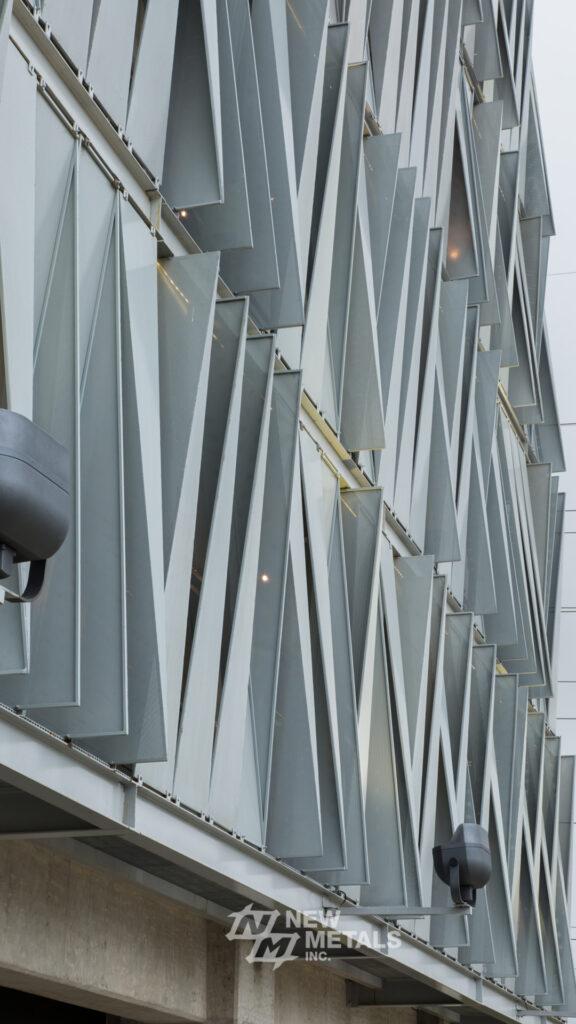
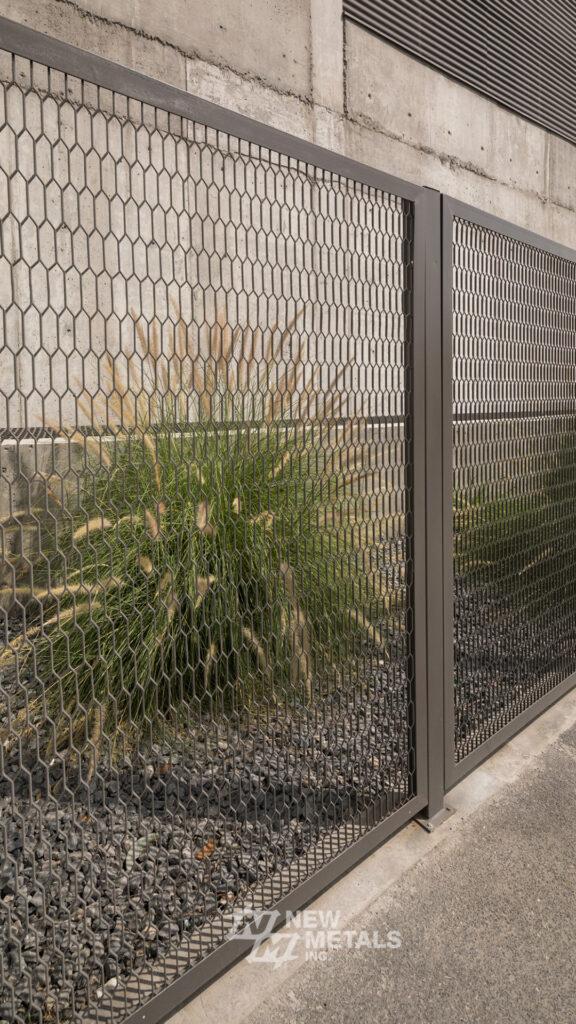
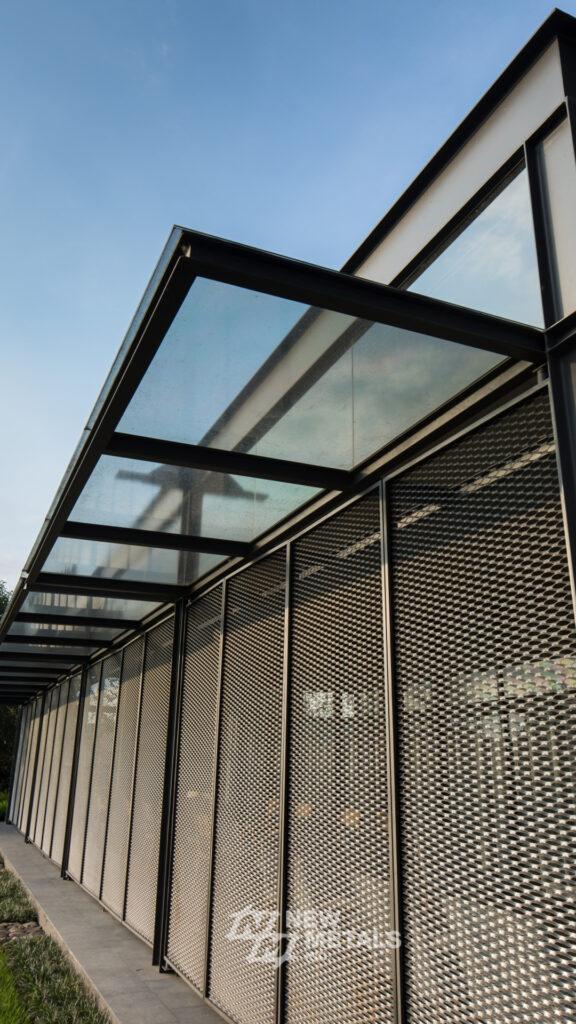
Considerations for implementing metal meshes in architectural projects
Selecting the appropriate material: It is crucial to choose the right type of metal and metal mesh according to the specific needs of the project. Some of the most common metals used in metal meshes include stainless steel, carbon steel, aluminum, and copper. Each of these materials offers unique characteristics in terms of strength, weight, aesthetics, and corrosion resistance, so it is essential to consider these factors when making a decision.
Compliance with regulations and codes: It is important to ensure that the selection and installation of metal meshes comply with local building regulations and codes, including aspects related to safety, accessibility, and energy efficiency.
Integration with other systems and materials: Metal meshes must be properly integrated with other systems and materials present in the architectural project, such as support structures, lighting systems, and cladding. It is essential to coordinate with other professionals, such as engineers and interior designers, to ensure successful implementation.
Maintenance and durability: Although metal meshes are generally durable and resistant, it is important to consider proper maintenance and protection to ensure their longevity. This includes choosing finishes and anti-corrosive treatments, as well as planning an appropriate maintenance and cleaning program.
Costs: While metal meshes can offer significant benefits in terms of design and functionality, it is also necessary to consider the costs associated with their implementation. This includes material costs, fabrication, installation, and maintenance. It is crucial to analyze the balance between the available budget and the expected benefits before making a decision.
Conclusion
In summary, metal meshes offer a wide range of possibilities and advantages for architectural projects. By considering the different types of metal meshes and their applications, it is possible to find the right solution for each project based on its objectives and requirements. Furthermore, the versatility in design, finishes, and textures allows for achieving aesthetically appealing and functional results. For successful implementation, it is crucial to take into account factors such as selecting the appropriate material, integration with other systems and materials, compliance with regulations and codes, and the durability and associated costs. By doing so, metal meshes can significantly enrich and enhance the design and functionality of any architectural project.

